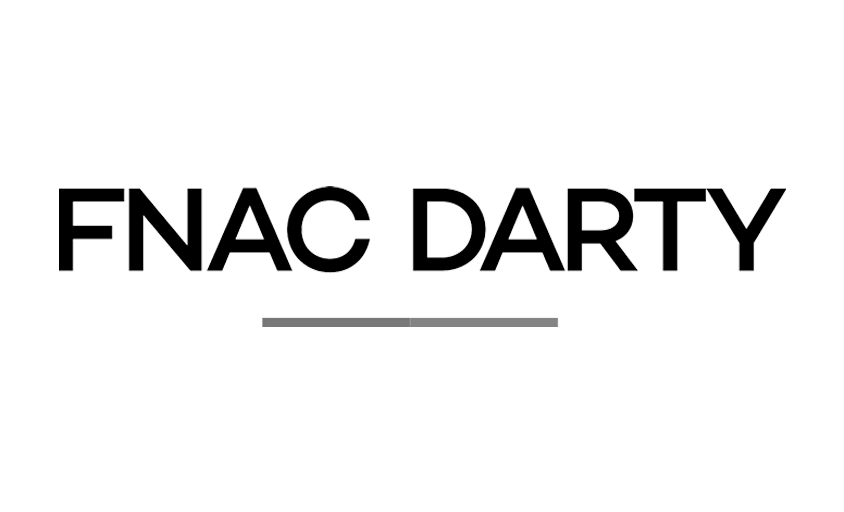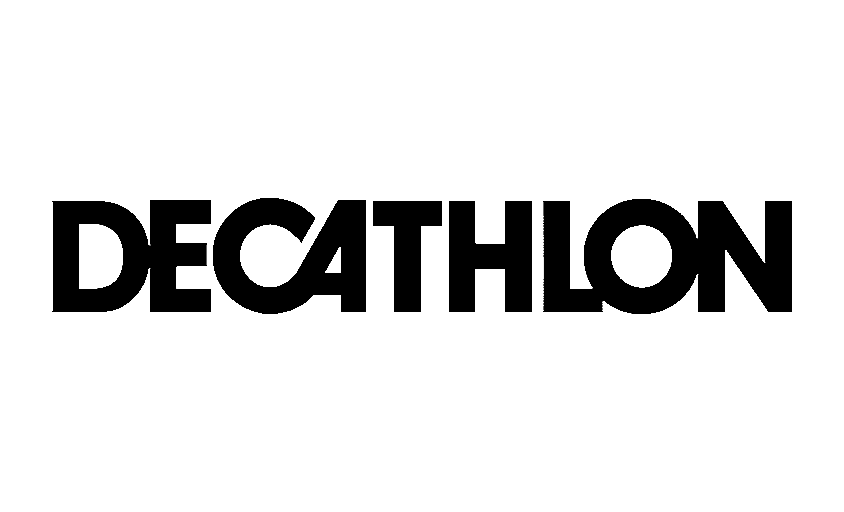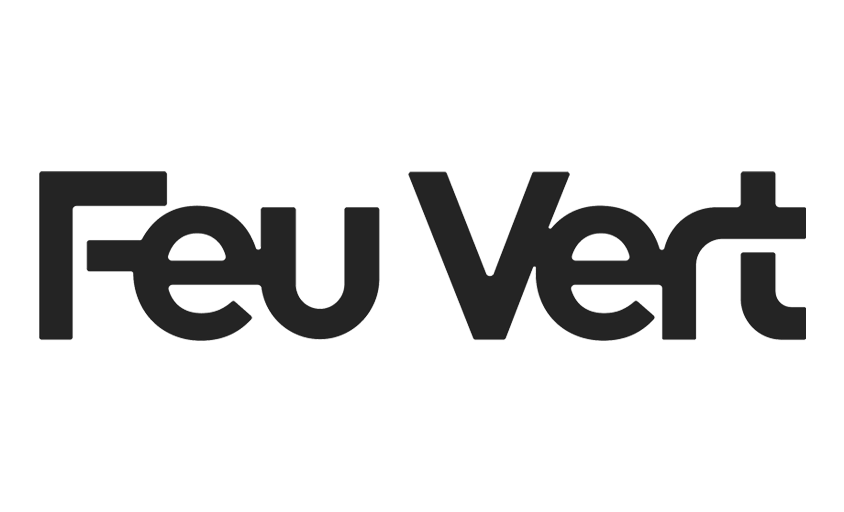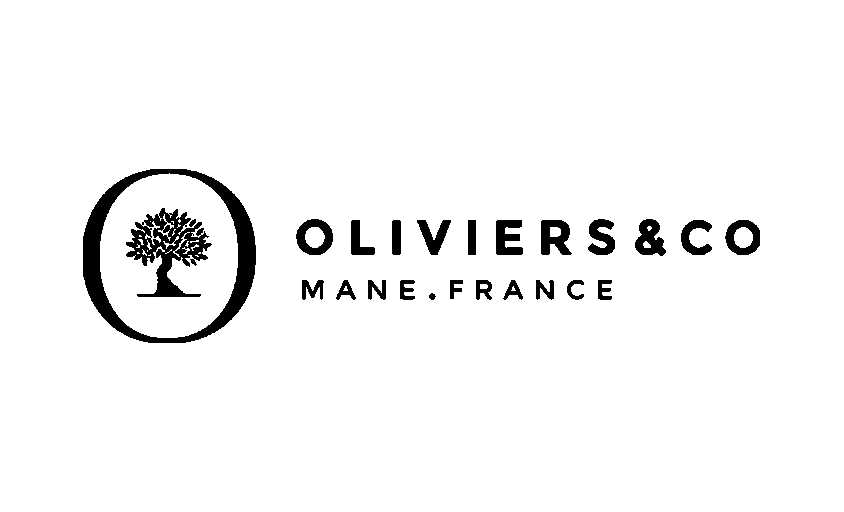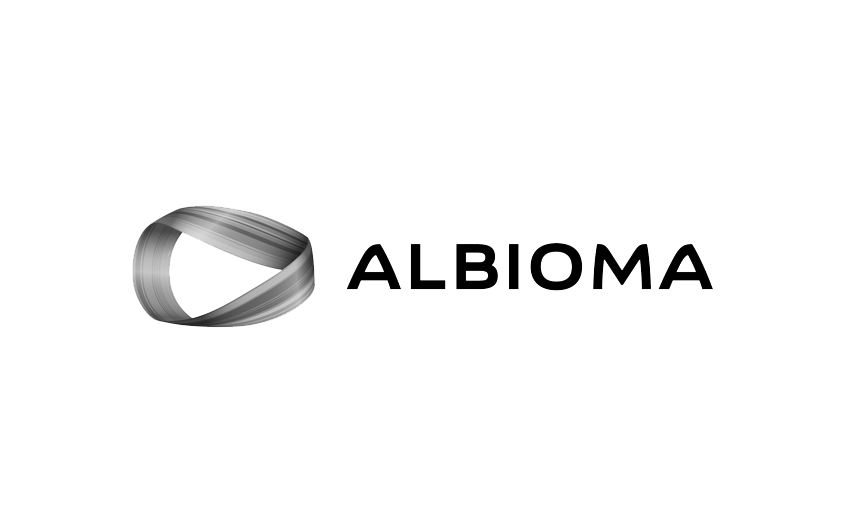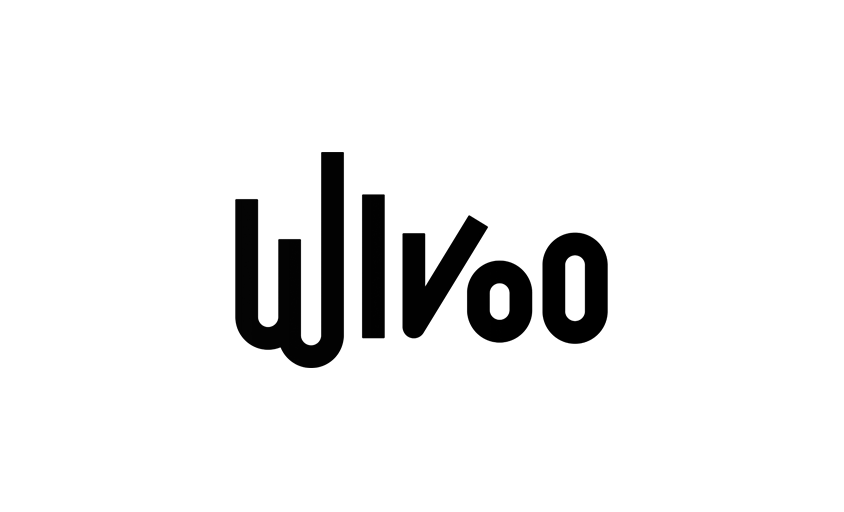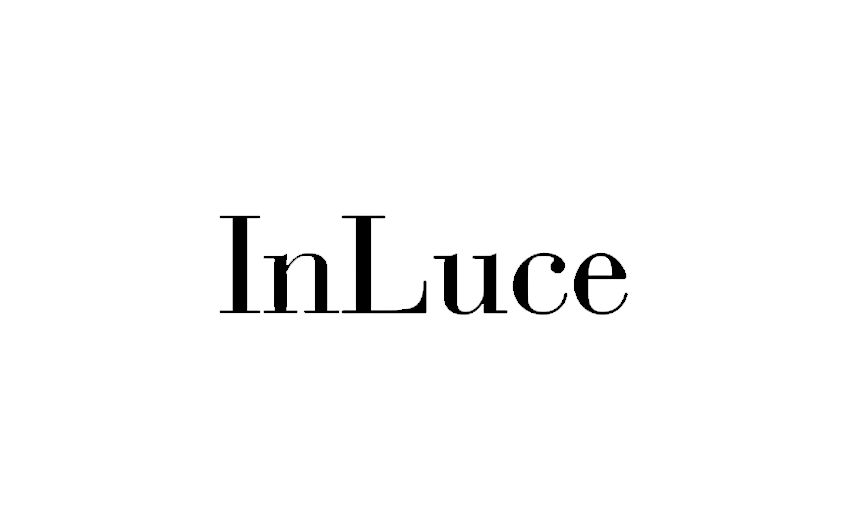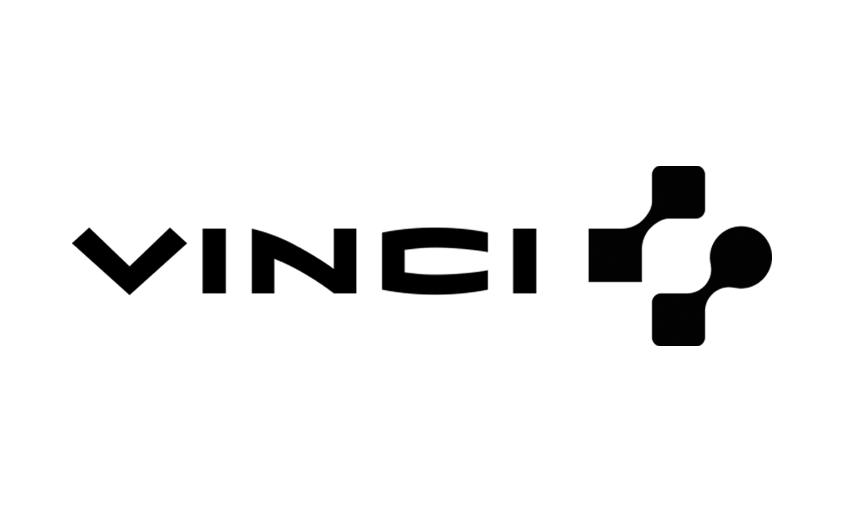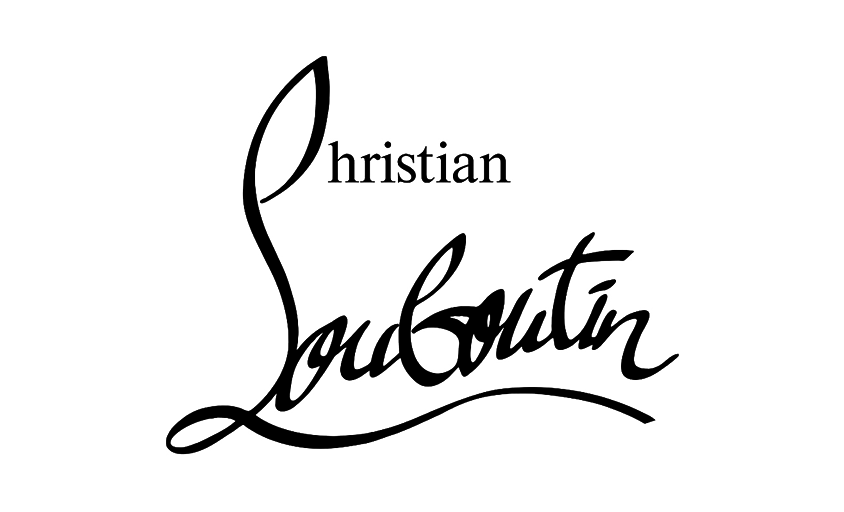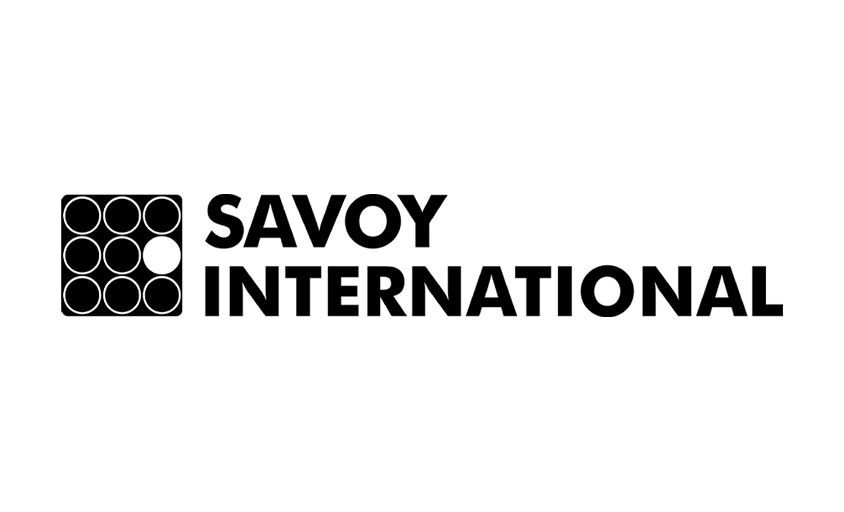What is photogravure (in advertising)?
In this article :
Photogravure plays a crucial role in the advertising production process, especially when it comes to designing and printing packaging or promotional materials. It lies between graphic design (created by the design agency or marketing department) and final printing, ensuring essential post-production work to guarantee the visual quality of packaging and communication materials.
Definition and Role of Photoengraving
A technical preparation of graphic files
Photogravure involves analyzing and adapting creative files intended for printing to ensure they are reproduced with high fidelity on the desired medium (paper, plastic, metal, etc.). The photoengraver checks and corrects anything that could affect the final quality:
- Arrangement of graphic elements and adherence to margins
- Color consistency with the printing process (flexo, heliogravure, offset, etc.)
- Sufficient resolution and conversion of images if necessary (RGB → CMYK)
The Production of Printing Forms
In the case of non-digital printing processes, photogravure extends to the creation of printing plates or cylinders:
- Photopolymer plates (flexography)
- Metal plates (offset)
- Elastomer or photopolymer sleeves (flexo)
- Metal cylinders (heliogravure)
This step ensures that the printing supports (printing forms) are engraved in a way that faithfully reproduces the prepared visual.
A Quality and Consistency Challenge
In advertising, photogravure ensures the optimal rendering of visuals:
- Print quality: By avoiding errors or “failures” (misadapted files, incorrect colors, etc.)
- Brand consistency: Colors, logos, typography, and layout remain faithful, regardless of the printer or type of packaging.
The Key Stages of Photogravure
Collection and Verification of Files
The first phase involves receiving the graphic elements (usually provided by a packaging design agency or a marketing department):
- Dimension control: Checking bleed, crop marks, and templates
- Visual analysis: Minimum resolution of 300 dpi for printing, conversion of RGB images to CMYK
- Verification of fonts and barcodes: Ensuring readability and the required minimum size
This step helps detect potential inconsistencies or flaws (outdated logo, missing legal notice, low-definition elements) before sending to print.
Retouching and Color Management
Once the files are verified, operators make adjustments to optimize the print quality:
- Image retouching: Sharpening adjustments, color correction, removal of noise or imperfections
- Color separation: Conversion to the required color profiles (CMYK, spot colors) to comply with the brand’s graphic standards
- Support adaptation: Specific adjustments based on the material type (cardboard, plastic, metal…) and the printing process (flexo, offset, heliogravure)
Validation of the Proof and Production of Printing Plates
Before production begins, a Proof (BAT) is validated by the client:
- Digital proof (PDF): Checking the final dimensions, layout, and textual elements
- Physical proof (printed sample): Visual confirmation of color reproduction and overall quality
Once the proof is validated, production of the printing plates begins: photopolymer clichés, metal plates, or cylinders. These supports are then mounted on the press for production.
The Importance of Photogravure for Brand Consistency
Ensuring error-free printing
Thanks to a rigorous photogravure process, brands avoid delays and additional costs related to reprints. Potential errors (such as an unscannable barcode, an incomplete ingredient list, or color shifts) are detected in advance. As a result, packaging managers have a true safety net before printing.
Maintaining Consistency Across the Entire Range
In advertising and packaging, the visual identity must be consistent across all media and product references. Photogravure, carried out by multi-process specialists, ensures:
- Adaptation to different printers: Machine settings vary from one site to another, and the photoengraver adjusts the color accordingly.
- Color harmony across multiple packaging: Color discrepancies are minimized, even when printing technologies or materials differ.
An Essential Process for Optimizing the Graphic Chain
Photogravure facilitates:
- Project management: Prepress platforms allow for collaborative, centralized, and secure tracking.
- Perceived quality by consumers: Impeccable visuals that are faithful to the brand enhance trust and the desire to purchase.
- Time and cost savings: Fewer errors, fewer reprints, and a quick product launch to market.
Conclusion
Photogravure in advertising is much more than just a control step. It is a strategic link in the prepress process, ensuring reliable, faithful, and high-quality printing for packaging and promotional visuals. By detecting and correcting graphic errors upfront, adjusting colors, and producing suitable printing forms, photogravure guarantees brand consistency and the overall quality of the final result. A valuable investment for manufacturers and brands committed to offering packaging that matches their ambitions.
Jérémy Carlo is the editorial director at Rétines, where he ensures the consistency and clarity of all content produced by the studio. His role goes beyond writing—he shapes the tone, structures the messages, and upholds a precise, demanding editorial line that stays true to the identity of Rétines. With a background in visual communication and solid experience in content strategy, he bridges the technical world of photography with clear, no-frills writing.
Jérémy works closely with photographers, art directors, and the commercial team to make sure every word published serves the image, the message, and the brand. From blog articles and client presentations to social media posts and internal documents—everything is filtered through his attentive eye. His strength lies in making complex ideas accessible without oversimplifying, and in highlighting the studio’s work without relying on unnecessary superlatives.
Through his writing, Jérémy helps Rétines exist beyond the image—by giving context to projects, emphasizing the thinking behind each shoot, and bringing to light the technical and aesthetic choices that drive each photograph.
Our Clients
Let’s discuss
What we do for you at Rétines
Meticulous work, an organised project and fast delivery. And to achieve this, we mobilise the right resources in our teams at the right time.
01
Pre-production
Artistic and technical direction tailored to the project.
Relevant recommendations on content, form and resources.
02
Photo Shooting
Photos taken by our experienced photographers.
Production that’s controlled, efficient and tailored to the needs of the project, with nothing superfluous.
03
Retouching
Technique
Photographs magnified by our retouching team.
Post-production to meet the commercial challenges of the brief.

